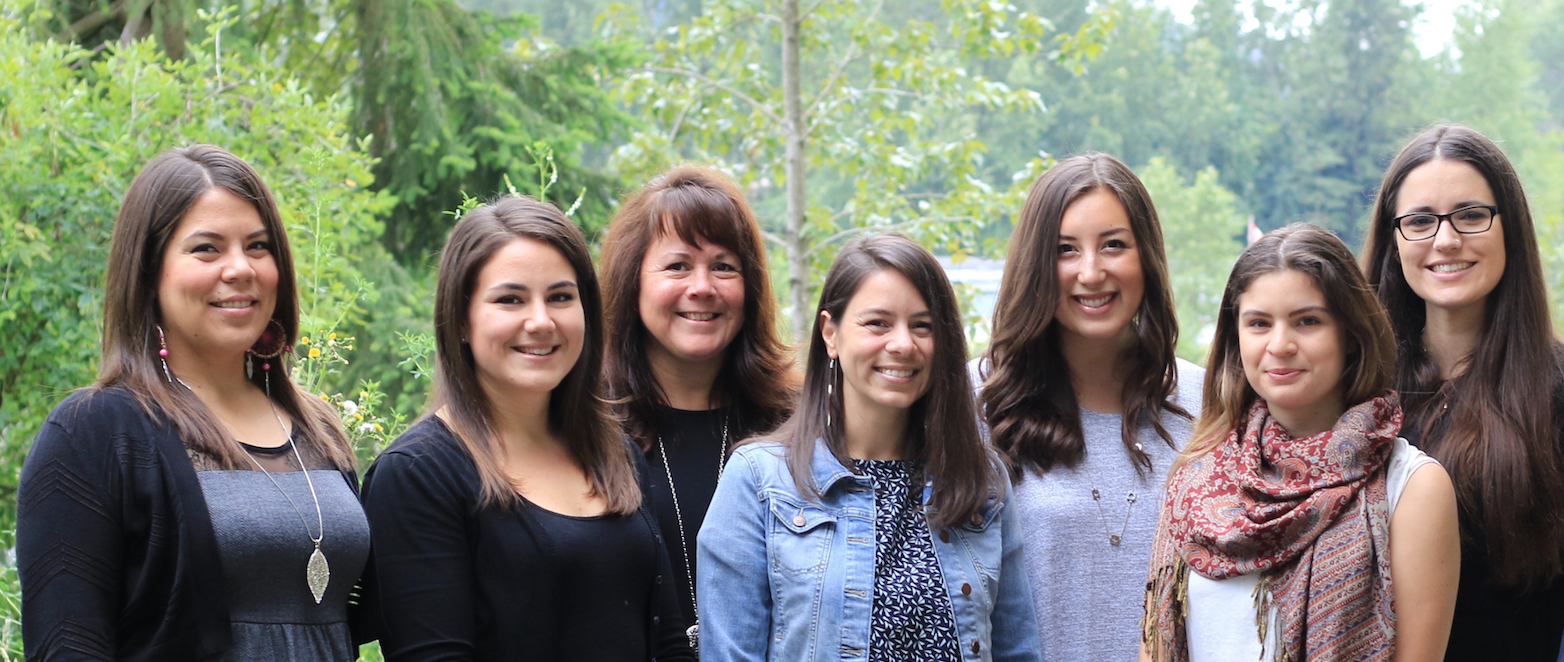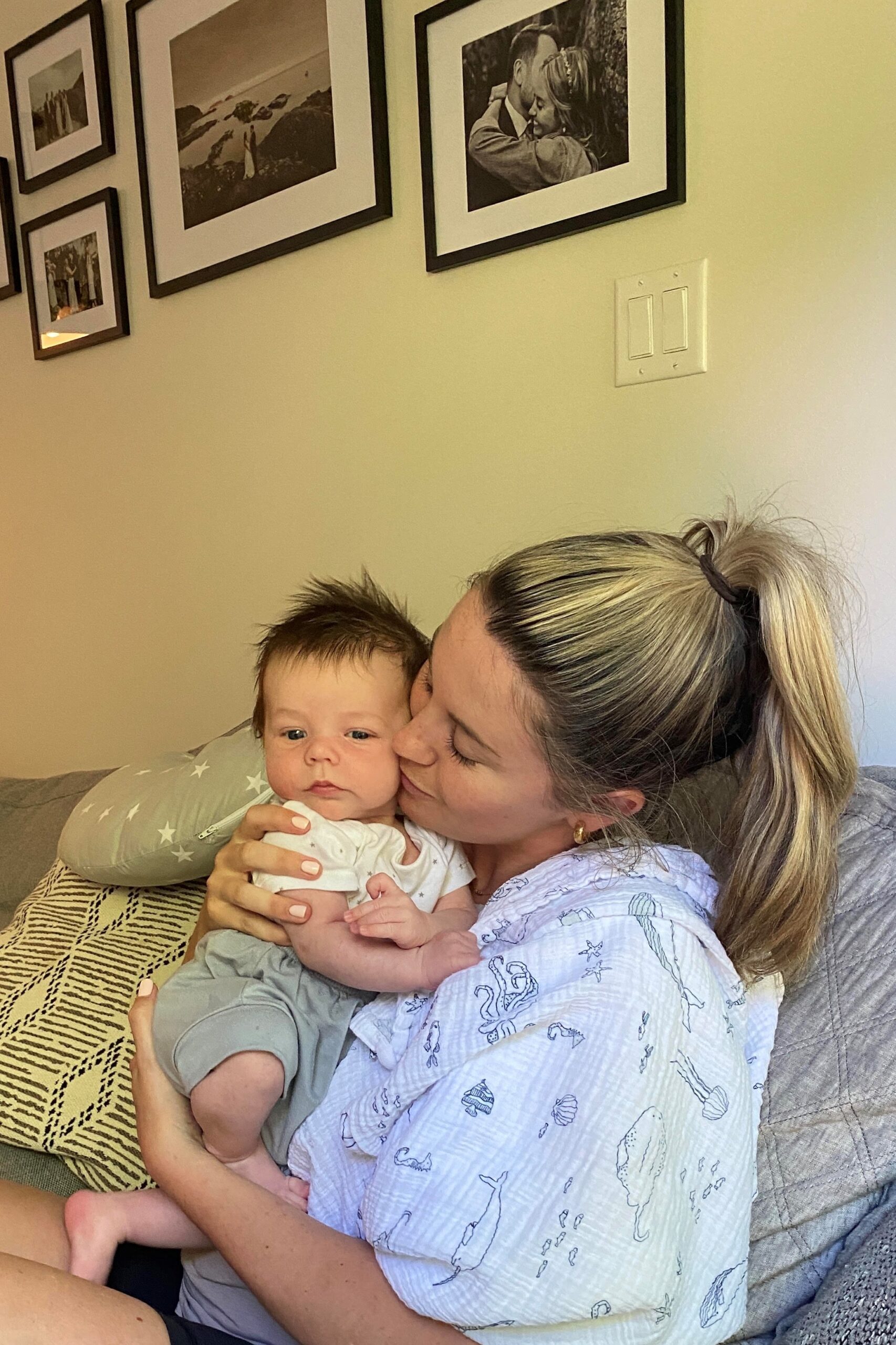
Canada is unique in its history of racial segregation.
Residential school and Indian Hospitals underpin our colonial history. Children were sent between the schools and hospitals for months, more often years.
And yet there are still so many Canadians who aren’t even aware they existed.
There were 29 of them across Canada, run from 1946 to 1967. Three were located in BC, and the Nanaimo Indian Hospital was the second-biggest in Canada. The stories of malnourishment, medical experiments, and sexual and physical abuse are difficult to fathom.
As a consequence, Indigenous people carry decades of generational trauma. The health outcomes are vast, practically immeasurable. But at the very least, there’s an underpinned fear of trusting the healthcare system.
Dr. Kim van der Woerd is a Principal at Reciprocal Consulting, member of the ‘Namgis First Nation, and advocate for Indigenous women’s health. She describes elders choosing to stay home and not seek treatment. They tell her they would rather die than trust western medicine.
Women are, quite simply, not accessing the healthcare they need and deserve.
We recently partnered with Kim on a data-gathering project across all five regions of our province. We looked at Indigenous women’s interactions with the healthcare system and the barriers they experience in accessing culturally-safe care.
While we can’t say too much before the report comes out in September, we will say how humbled we were by the resilience we encountered. Resilience, despite all historic efforts to assimilate Indigenous people in Canada.
One key metric we can (and should) always consider is: whether women feel safe. The impacts of colonization are still embedded within our systems today. We know that if and when Indigenous women are taken care of, that inherently means our communities are taken care of.
Read Kim van der Woerd’s profile in our Women’s magazine.



